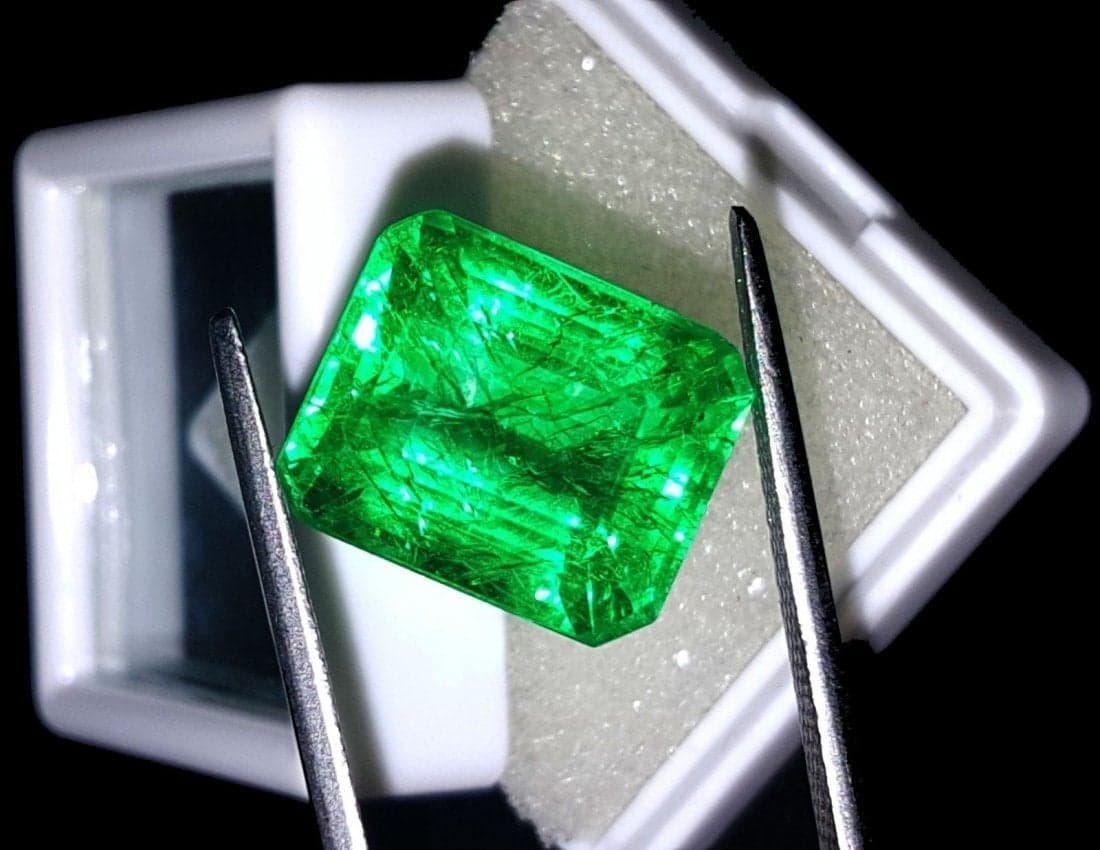
The Minimum Cutting Technique for Gemstones
The minimum cutting technique will help you get the largest gems possible from rough. Learn how to deal with internal and external problems in gemstones.
12 Minute Read
The minimum cutting technique will help gem cutters get the largest gem possible out of a piece of rough. In this process, you must compare how clarity and size impact the finished gem’s value in order to determine whether to cut out inclusions.
Choosing the Gem Orientation
The gem orientation process is a great mystery to the beginning faceter. Much has been written about orienting for color, orienting to the optic axis, and minimizing double refraction. In rare cases, orienting for color will be worthwhile. In most cases, however, orienting rough for maximum weight retention is preferred. The cost of rough and labor is simply too precious to justify sacrificing material for any other reason.
Occasionally, you can just turn your rough over a few times to see which direction would give the largest stone. You then flatten a temporary table and dop and facet it. More commonly, you have to make a number of crucial decisions. This article will help novice cutters through that decision-making process.
What is the Minimum Cutting Technique?
I use the minimum cutting technique to get the largest gem out of a piece of rough. Essentially, it means removing all redundant material before making your…
Related Articles
How to Identify Synthetic Rough in Gemstone Parcels
A Faceter’s Guide to Rough Gem Stress
Perspective on the Gem Rough Market
How to Estimate Rough Gemstone Value
Latest Articles
800 Years of Mogok: A Celebration in Tenuous Times
What is the Average Gemstone Faceting Yield?
Pyroxmangite Value, Price, and Jewelry Information
How to Identify Emerald Simulants and Synthetics
Never Stop Learning
When you join the IGS community, you get trusted diamond & gemstone information when you need it.
